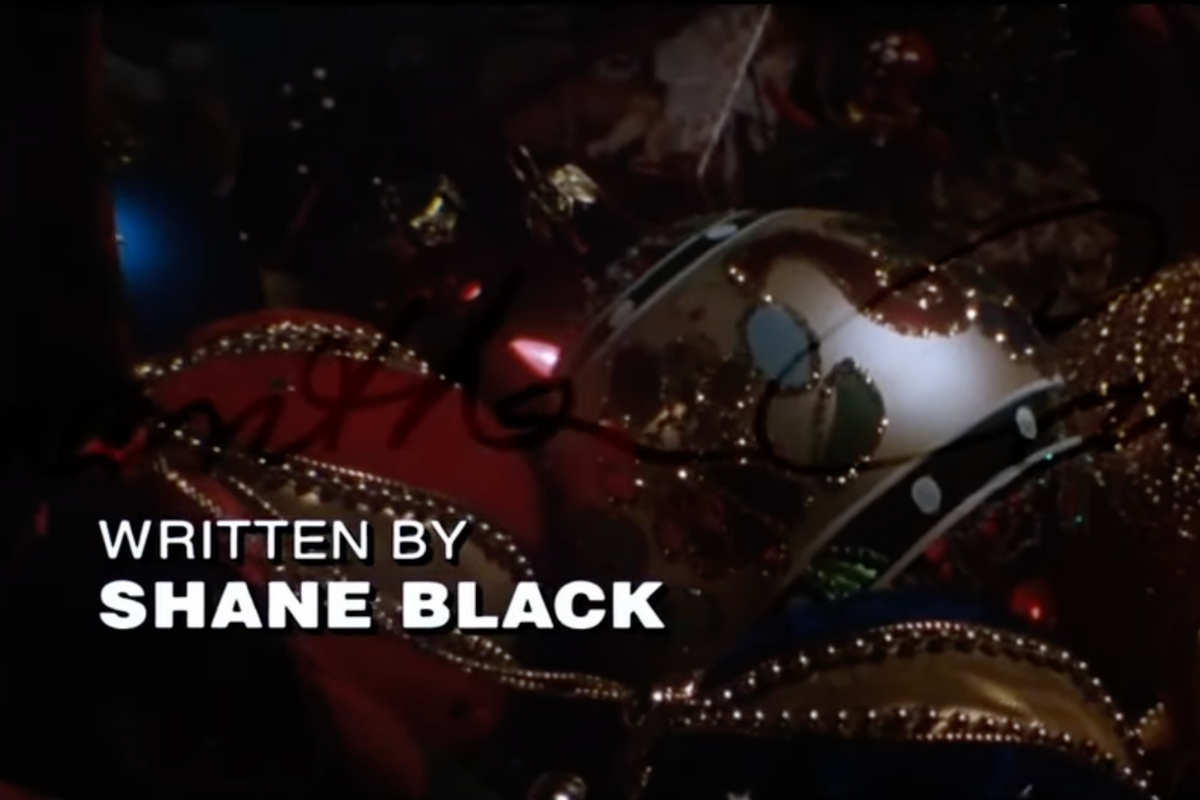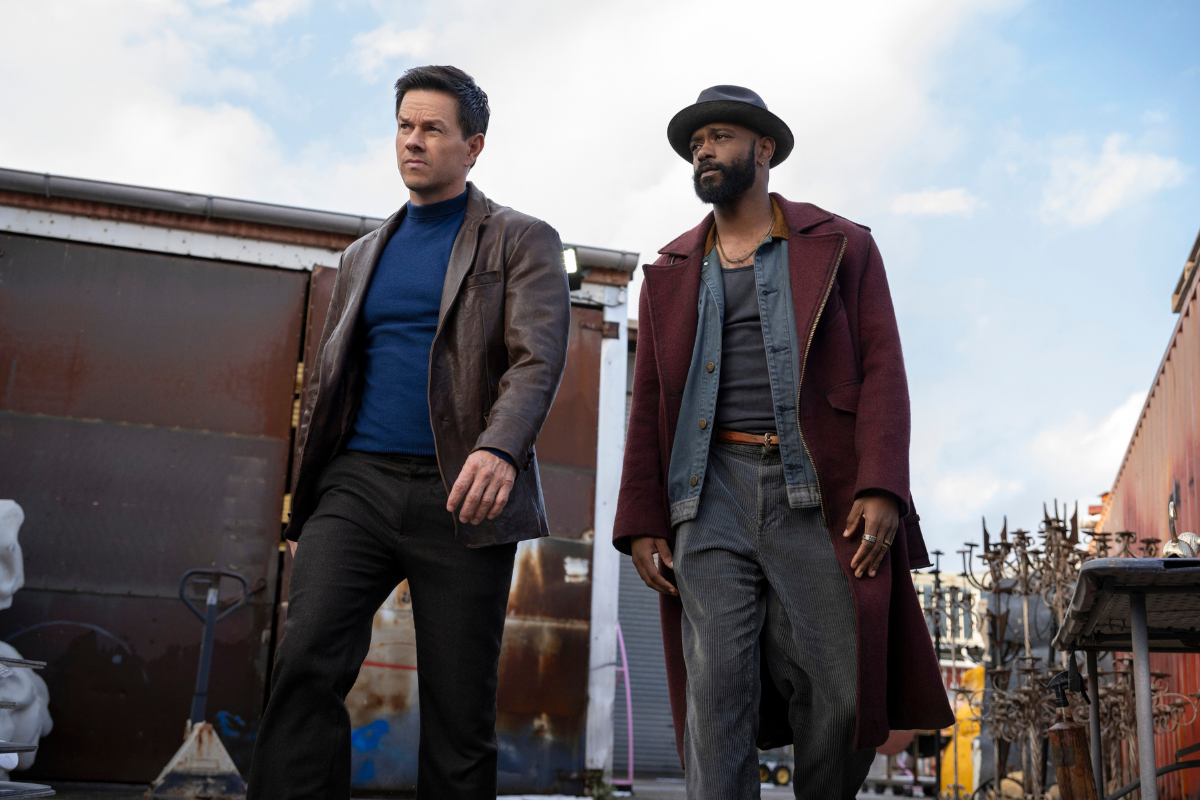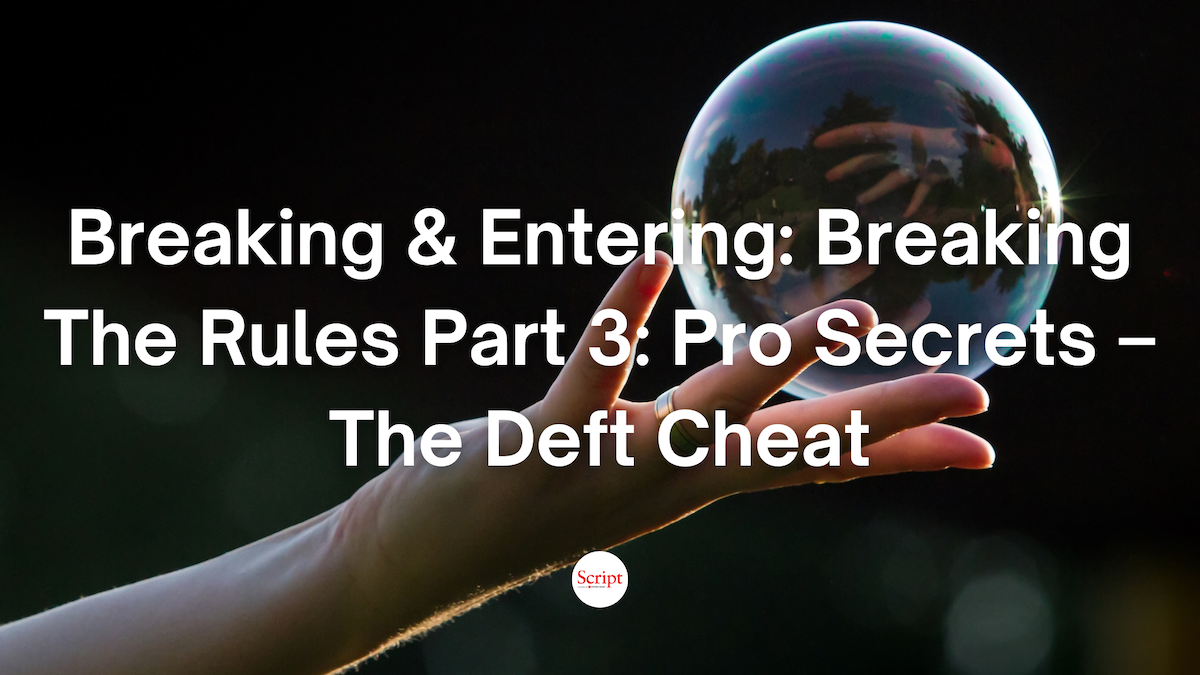Breaking & Entering: Pizza and Creating Delicious Story Part 2: Theme Makes It Savory
Hungry to discover how to write a screenplay that is unique to you? Barri Evins shares a recipe for cooking up a story that tastes delicious to you and to your audience based on… pizza! Handcraft your story layer-by-layer, plus insights from A-List writers on how they create flavorful and distinctive stories. Topped off by a Writers’ Workout to strengthen your own delectable voice.
My close friend and cherished colleague, the witty, wise and often risqué, Dr. Paige Turner, may have been the one to coin the phrase “too much tinsel on your tree.” She was in search for an example to help writers have confidence in the strength and beauty of their original idea. A Christmas tree can be enhanced by some lovely lights and sentimental ornaments, or one might get overzealous in their decorating and go so far as to weight down the branches and obscure the lovely evergreen below.
Paige, in her wisdom, was concerned that sometimes writers worry – especially in the rewrite process – that their original idea is not enough to satisfy us. So they keep adding things to grab and hold our attention: Then there is a huge explosion! And then aliens land. And then there’s a car chase! And then… Nope.
The idea has become a coat hanger rather than the centerpiece.
In truth, what keeps us interested is delicious storytelling!
As I mentioned in Part One, “Pizza Is The Key To Creating Delicious Story,” I came up with the analogy of pizza to explain to a consulting client that the disparate elements of their story were not working together. “We can barely pick up a slice of this overly garnished pizza,” I cautioned. In Part One, I took a deep-dish dive into crust – choosing and laying the foundation of story because crust must always come first. As with any good dough, it takes time, so don’t rush this process. The crust you make will impact every bite. Be sure to put the hard work into developing the foundation.
We discussed foundation as the very first decisions you make as you begin to create a story. No matter where your first inspiration is, a concept, a character of a conflict, this is where you discover what your story is about, both in terms of what happens – the plot – and what it is about in the larger sense – the point the story makes; it’s theme.
Who is the hero? What is essential to know about them? What do they want? What do they need?
What is their goal? What stands in their way of achieving that goal?
What flaw must they need to overcome to succeed?
How does the hero change over the course of the story?
How does the story end?
These questions are keys to both plot and theme. Once you’ve laid the groundwork, and taken the time to do some deep thinking, you are ready to move on to the next step in our story as pizza recipe.
The Secret Is The Sauce
In my pizza analogy, Sauce = Theme. As I’ve said before, theme is the ingredient that makes story delicious. It’s rich and flavorful, and I want some in every bite. I don’t consider sauce or theme optional. It’s essential. Not just according to me, but to all the great storytelling gurus ever.
Theme is the slow simmered sauce made with tomatoes and seasonings. Similar in concept, but unique to each chef; just as all strong themes are unique to the writer.
What are your ingredients? Strong themes are personal. They are based on your experiences and your beliefs. They are meaningful to you. Think about what you want to say. Themes that speak to you give your story the power to speak to an audience.
As with pizza sauce, theme contributes a big burst of flavor, whether we think about it consciously or not. Theme makes story savory. And like pizza, the sauce is cooked before being slathered on. Don’t rush your theme – let it simmer so the ingredients and seasonings you choose can come together and meld into a rich flavor. They combine to become something greater and more delicious than the individual parts. The time you devote to thinking about the message of your movie – the theme that is meaningful to you, that is unique to your story and your characters – is invaluable.
Some of my favorite writers that I’ve had the privilege of working with are Mark Fergus and Hawk Otsby. Known for Iron Man, Children of Men and the television series, The Expanse, they have worked as writers and producers, and Mark directed First Snow – the script that broke them into the industry. Wicked smart, passionate, and I can hardly describe how exciting it was to experience their creative process on a passion project of mine.
When we got to the session focused on theme and Personal Thematic in my Screenwriting Elevated Seminar, Mark and Hawk were my top pick for Surprise Guest Speakers.
“Usually you try to construct a script from having that great thematic and building it out. We like to know what we are trying to achieve. The idea that your story needs a DNA idea. What are we building around? What’s the nucleus of this thing?”
Mark Fergus
That focus on the core idea of the theme is part of what makes their work outstanding.
When you are uncertain if a scene should stay or go, when you are thinking of adding a character, when you don’t know what your hero would do, when you are not sure what happens next… the answer lies in theme.
The message of your story becomes the Great Decider. It is the keyhole though which all major decisions must pass.
Theme is illustrated by the arc of the protagonist – how they change over the courses of the story. Does the scene advance the hero’s arc? Then it belongs.
Theme is given dimension by supporting characters. Does the character reflect a point of view on the theme? Do they represent an aspect of what your story is about at its core or do they represent the opposite of the message? Then they belong.
Theme is about change. Is your hero’s action a step forward or backward on their progression toward change? Then it belongs.
Theme comes from the protagonist’s internal flaws colliding with the obstacles they face. It is the clash of what they believe they want and what they actually truly need. What would the hero do next that is true to their character?
When I watched Mark and Hawk’s session again, lo and behold, there was a cooking metaphor!
“Everyone thinks it’s building a show, a program, building a story – building it it bigger, bigger, bigger. But it’s the opposite. It’s boiling it down. Boiling it down to its essence. Trying to get it to the purest form of the story. It’s not building a story; it’s trying to cook it down to its simplest and purest form. Where you’ve thrown everything away until everything that is left is essential. If they don’t do their job then they’ve got to go. Reducing, reducing, reducing, until you get to the story.”
Mark Fergus
My chef guru, Ina Garten aka the Barefoot Contessa is always in search of “depth of flavor,” that flavor that lingers on your tongue. That is the richness that theme brings to stories. It is what causes stories to stick with us long after then are over.
The lure of theme is often stronger than we realize.
Think about those films that you can and do watch time and again. I call them "Forever Films." My theory is that what makes them so appealing and re-watchable is that the theme speaks to you. It resonates. The message is one that you want to hear again and again. You can read more about the power of theme here.
When our Surprise Guest Speaker shows up at the end of each session of my Screenwriting Elevated Seminar, I always ask them just one question. Then I shut up and let them talk, and let the students ask away. But my one question is always the same and it’s a good one:
What theme – a character type, a dilemma, or a conflict, an idea – do you find yourself drawn to, again and again, in your work?
No one has hesitated before answering. As accomplished writers, they are aware of what fascinates them. The kinds of conflicts and characters they choose to explore come directly from their Personal Thematic. Yours should be as well, as Personal Thematic is a rich source to power your storytelling.
I recently heard playwright, screenwriter and director John Patrick Shanley, writer of Moonstruck, Joe Versus the Volcano, Doubt, and many more, interviewed by journalist Katherine Brodsky and had the opportunity to ask him my favorite question. His answer was immediate and succinct.
Characters who won’t give up, who are going to find a way.
Notice how that idea informs so much of the work of this truly prolific and accomplished writer.
Discover more from Screenwriting Elevated Guest Speakers on Personal Thematic here.
Find a fun Writers’ Workout to help you uncover your themes with your Three Forever Films, Use them as a guide to choosing your stories, elevate your writing, and developing your voice as a storyteller here.
I'm hungry to love to hear your choice of Three Forever Films that you can watch time and time again, if you'd like to share them in the comments.
Next Up: Part Three of Pizza and Creating Delicious Story - Cheese and Toppings!
Learn more about the craft and business of screenwriting from our Script University courses!
Barri Evins draws on decades of industry experience to give writers practical advice on elevating their craft and advancing their career. Her next SCREENWRITING ELEVATED online seminar with 7 monthly sessions plus mentorship will be announced in 2025. Breaking & Entering is peppered with real life anecdotes – good, bad, and hilarious – as stories are the greatest teacher. A working film producer and longtime industry executive, culminating in President of Production for Debra Hill, Barri developed, packaged, and sold projects to Warners, Universal, Disney, Nickelodeon, New Line, and HBO. Known for her keen eye for up and coming talent and spotting engaging ideas that became successful stories, Barri also worked extensively with A-List writers and directors. As a writer, she co-wrote a treatment sold in a preemptive six-figure deal to Warners, and a Fox Family project. As a teacher and consultant, Barri enables writers to achieve their vision for their stories and succeed in getting industry attention through innovative seminars, interactive consultations, and empowering mentorship. Follow her on Facebook or join her newsletter. Explore her Big Ideas website, to find out about consultations and seminars. And check out her blog, which includes the wit and wisdom of her pal, Dr. Paige Turner. See Barri in action on YouTube. Instagram: @bigbigideas X: @bigbigideas







